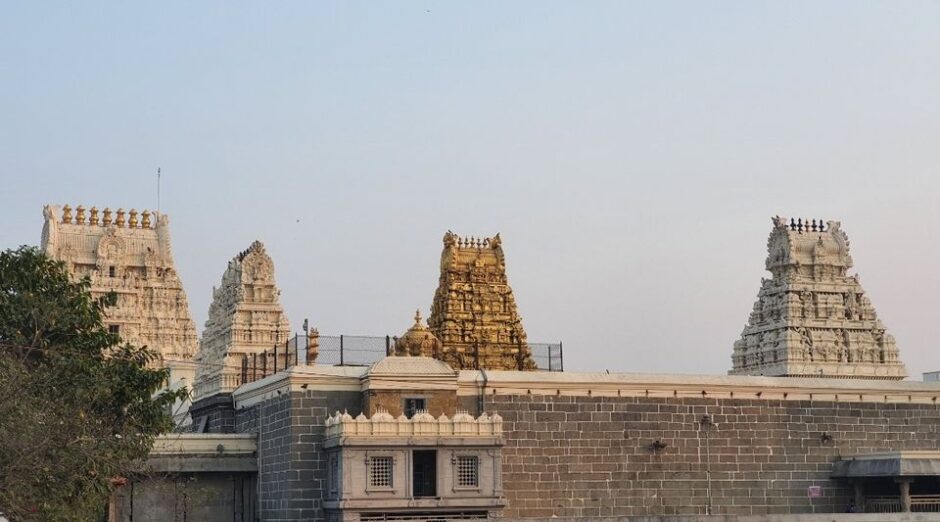A Note on Tirukkamakkottam
– V.R.Ramachandra Dikshitar [Proceedings of the Indian History Congress (1946)] …2/2
“Tradition avers that Adi Sankara in the course of his digvijaya established mutts at different places and one such place was Kanchi, the modern Conjeevaram.
At Kanchi. Sankara founded what is known as Kamakotipitha. This Pitha of Kamakoti was flourishing here till at least A. D. 1686, and in this connection the temple of Kamakshi in Conjeevaram is said to be the one erected or renovated by Sankara and his disciples.
Even to-day a figure of Sankara is to be seen in this temple, evidently a figure of the first acharya. And Kamakoti is written in inscriptions as Kamakottam.
Kamakottam means the shrine dedicated to the goddess Kamakshi. The cult of Kamakshi must have become popular after Sankara and shrines in her honour were erected and dedicated by kings and pious devotees.
As time went on, the Kamakshi amman koil became generally known as Amman koil. For Parvati or Uma, Minakshi and other names are the names of one and the same goddess. So whatever be the name of the goddess enshrined in a temple, the common people call it even to this day Amman koil.
The revival of Devi worship as Kamakshi must be therefore due to Sankara who founded the Kamakoti pitha in Conjeevaram for the first time. Hence the Kamakottam which we find in the inscriptions. If Kamakottam is the same as Kamakoti, then the institution of Kamakottam must at least go back to the age of Sankara.”

